No products in the cart.
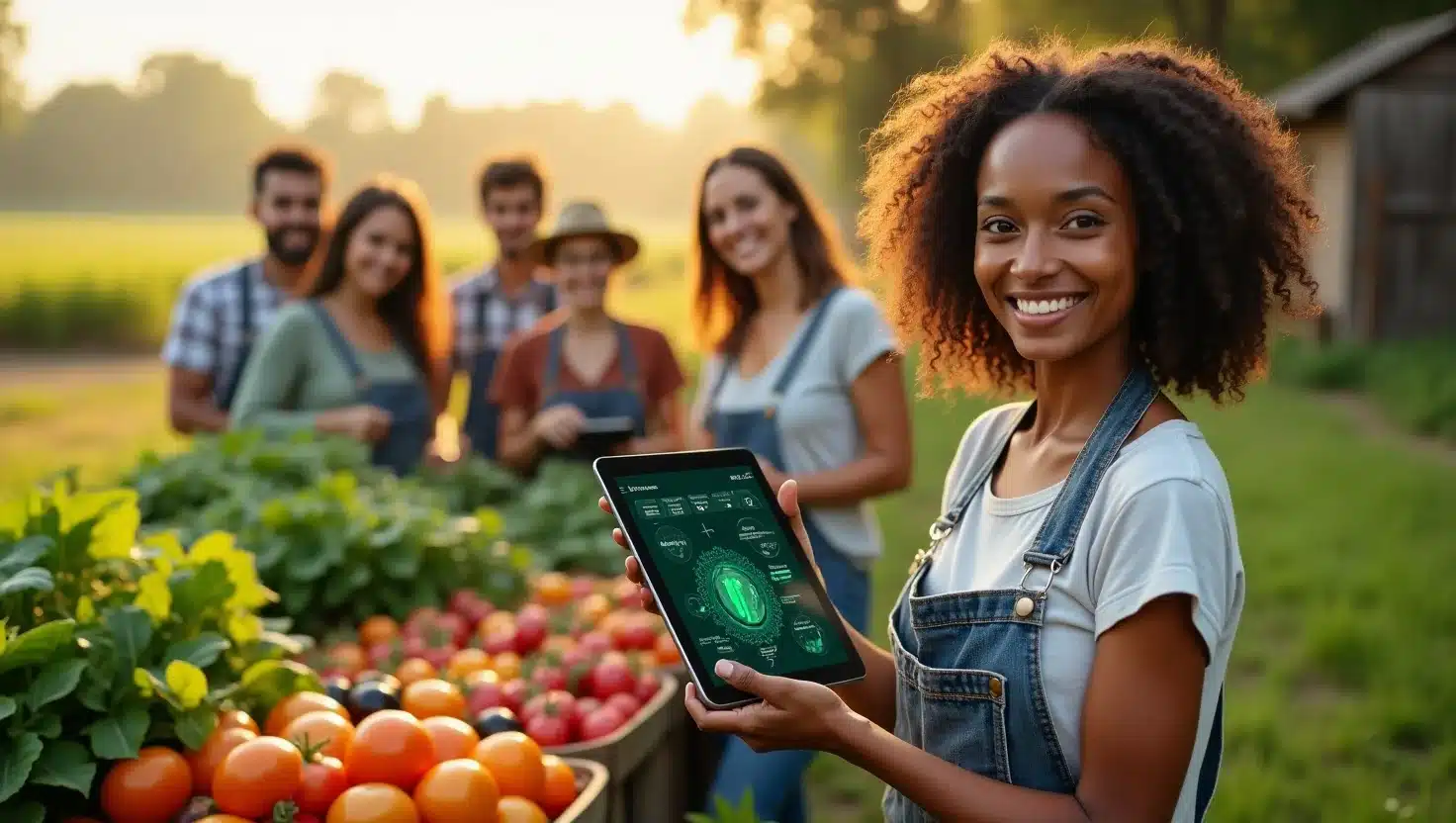
1. Introduction:
Organic farming has always been admired for its sustainability, purity, and eco-friendly practices. But in today’s fast-changing agricultural landscape, even the most committed organic farmers are feeling the pressure. Rising input costs, unpredictable weather patterns, pest outbreaks, and increasing consumer demand are making it harder for organic farms to stay competitive. Traditional methods, while environmentally sound, often fall short in terms of efficiency and scalability.
Enter AI in organic farming, a revolutionary approach that’s reshaping the way small and mid-sized farmers manage their crops. From AI pest detection and soil health analysis to predictive yield forecasting and smart irrigation, AI tools are enabling organic farmers to reduce waste, save time, and make better decisions.
What’s more, these technologies are no longer reserved for big industrial farms. With the rise of affordable platforms, even small organic growers can now access AI-powered farming tools designed to support sustainable agriculture without compromising on their values.
In this article, we’ll explore how AI organic farming is not just a trend, but a vital solution to staying relevant, resilient, and profitable in an increasingly competitive world.
2. The Role of AI in Modern Organic Farming
While organic farming emphasizes nature-based solutions, the integration of artificial intelligence may seem counterintuitive at first. However, AI in agriculture is not about replacing traditional wisdom, it’s about enhancing it. With the power of real-time data, AI allows organic farmers to work smarter, not harder.
AI tools help collect and analyze data from satellites, drones, and ground sensors to assess soil conditions, track weather changes, and detect early signs of disease or pest infestations. These insights support better planning, timely interventions, and reduced crop loss. Technologies like AI crop monitoring and AI-driven soil analysis align perfectly with organic principles by promoting precision, minimizing waste, and protecting biodiversity.
Importantly, AI-powered sustainable farming doesn’t conflict with organic values. Instead, it helps meet organic certification standards more efficiently, like reducing overuse of water or labor-intensive manual monitoring. And with growing access to affordable AI tools for small organic farms, this digital transformation is becoming more inclusive and attainable.
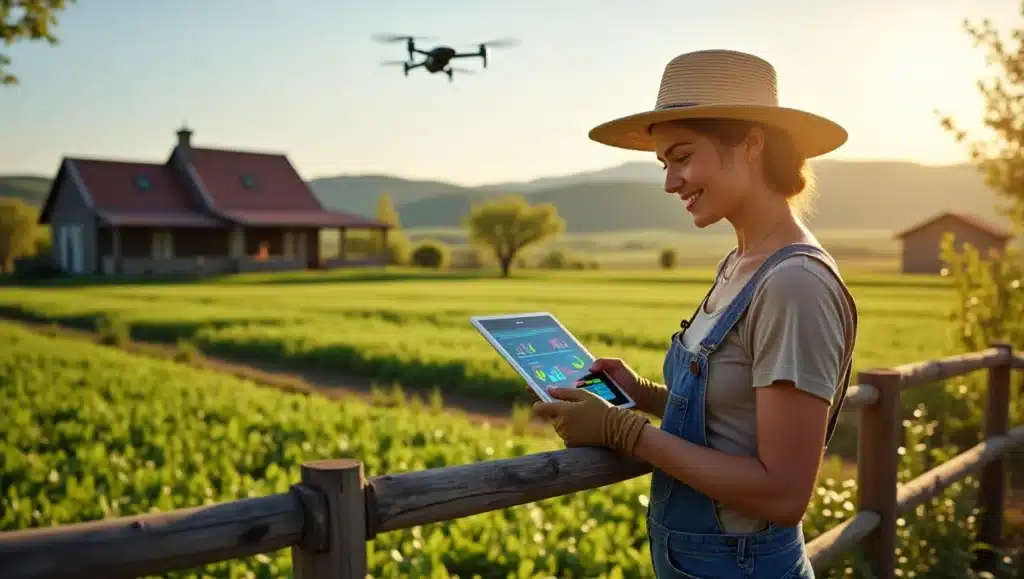
3. Top 5 AI Applications for Organic Farmers
AI is transforming how organic farmers grow, monitor, and manage their crops. Here are five impactful ways AI is helping them stay ahead:
1. AI Pest Detection & Prevention
Organic farms can’t rely on chemical pesticides. AI-driven pest detection uses drones and cameras to spot infestations early, enabling timely, non-chemical interventions like neem sprays or trap crops.
2. Smart Irrigation Systems
AI irrigation systems analyze soil moisture, crop type, and weather to optimize water usage, perfect for organic farms prioritizing resource conservation. These systems can reduce water use by up to 30%.
3. AI-Based Crop Monitoring
Using satellite imagery and machine learning, farmers get real-time crop health data. AI detects nutrient deficiencies, diseases, and stress before symptoms are visible.
4. Soil Health Analytics
AI platforms evaluate soil texture, organic content, and pH levels. This supports regenerative practices like cover cropping and compost management.
5. Predictive Yield Forecasting
AI forecasts expected yields based on climate models and field data, helping farmers manage distribution, storage, and pricing strategies more effectively.
These applications reduce manual labor, increase output, and maintain soil integrity, everything an organic farmer needs to remain profitable.
4. Case Study – A Small Organic Farm’s AI Journey
Meet GreenRoot Organics, a small, family-owned farm in Oregon growing organic vegetables. Like many others, they faced challenges with unpredictable weather, pest outbreaks, and manual monitoring that consumed both time and money.
In 2022, they implemented an AI-powered crop monitoring system using drones paired with an app called Plantix. Within weeks, the system began identifying early signs of fungal infections and nitrogen deficiencies. The farmers could act immediately using permitted organic solutions, saving up to 20% of their crop.
They also adopted a smart irrigation system that used real-time soil moisture sensors. Water usage dropped by 35% in the first season, and crop yield increased by 18%. What’s more, all these tools were part of a freemium model, making them accessible without a massive upfront investment.
This case proves that AI for small organic farmers is not only viable but transformative. GreenRoot now uses predictive analytics to estimate yields and plan logistics better, no more guesswork or last-minute surprises.
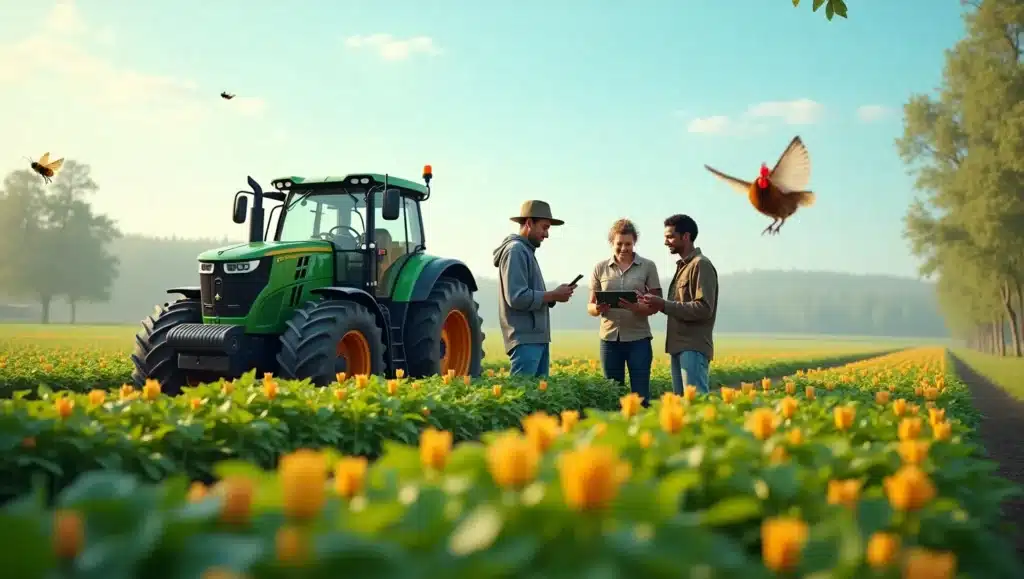
5. Barriers to Adoption and How to Overcome Them
Despite its potential, many organic farmers hesitate to adopt AI tools, and with good reason. Common concerns include high upfront costs, lack of digital literacy, and fear that tech contradicts organic values.
However, these concerns are increasingly outdated. Many AI farming tools are now available as mobile apps with user-friendly interfaces. Some platforms even offer free trials or government-backed subsidies, making it easier for farmers to try before they commit.
The ethical question, “Is AI too artificial for organic?”, is also fading. In reality, AI simply interprets data; it doesn’t introduce chemicals or synthetic materials. Instead, it helps farmers monitor, measure, and make informed decisions that align with certified organic standards.
Training and support are also growing. Organizations like USDA and FAO are offering AI-focused workshops for sustainable agriculture. With the right guidance, even tech-averse farmers can integrate AI into their operations without compromising principles.
6. The Future of AI-Powered Organic Farming
Looking ahead, the integration of AI and organic farming is set to deepen. Tools are becoming smarter, cheaper, and more adaptable to small-scale needs.
One emerging trend is AI-powered traceability, using blockchain and sensors to verify every step of an organic crop’s journey, from soil to shelf. This could revolutionize organic certification processes, making them faster and more transparent.
Another exciting development is the use of edge computing in AI devices. Instead of relying on cloud access, AI sensors on the field will soon process data in real-time, even in remote areas with limited internet.
We’re also seeing the rise of custom machine learning models tailored to specific crops like tomatoes, kale, or coffee. These models provide precise recommendations that reflect organic growing methods and seasonal variations.
As these innovations grow, AI will not only help organic farmers stay competitive, it will help them lead a new era of farming.
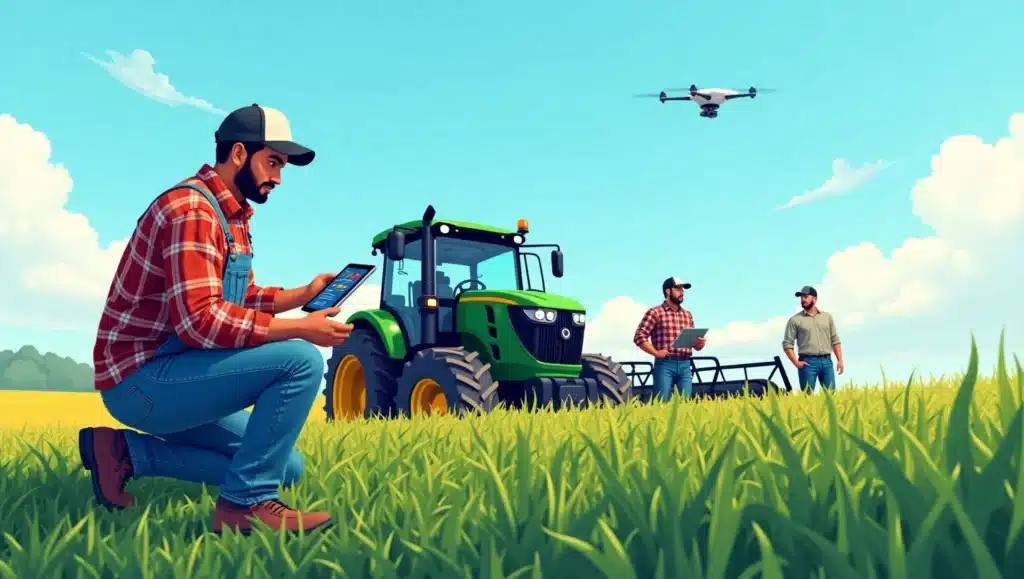
7. Conclusion & Call to Action
AI is no longer a luxury for big agribusinesses, it’s a necessary tool for small and mid-sized organic farms aiming to thrive. Whether it’s detecting pests early, optimizing irrigation, or forecasting yields, AI organic farming empowers farmers to make smarter decisions without compromising their core values.
If you’re an organic grower struggling with rising costs, uncertainty, or manual labor, now’s the time to explore AI-powered solutions that fit your scale and philosophy.
👉 Take action today:
Download our free AI Toolkit for Organic Farmers or subscribe to our newsletter for hands-on tips, tool comparisons, and funding opportunities. Stay competitive, stay sustainable.
Frequently Asked Questions (FAQs)
Q1. How does AI help with pest management on organic farms?
AI-powered pest monitoring systems use drones, cameras, and real-time analytics to detect infestations early, enabling organic-approved interventions like neem or trap crops, without synthetic chemicals.
Q2. Is AI technology compatible with certified organic standards?
Yes, AI tools focus on monitoring data rather than introducing synthetic inputs. They help organic farmers meet certification requirements, such as recording resource use and reducing waste.
Q3. Can small-scale organic farms afford AI solutions?
Absolutely. Many platforms offer freemium tier services or government subsidies. Small growers can access affordable AI tools like chatbots or satellite-based monitoring without high upfront costs.
Q4. What real-world benefits have organic farmers seen using AI?
Organic farms using AI have reported water savings up to 35%, yield improvements of 18–25%, and lower pest losses, boosting efficiency and profitability organicagcentre.ca+1farmsense.io+1.
Q5. Is AI replacing organic farmers?
No. AI supports, not replaces, farmers by automating repetitive tasks and providing actionable insights, while preserving farmers’ expertise in decision-making.
Related Articles
Farm Automation
AI Farm Assistants: Are Virtual Advisors the Future of Agriculture
1. Introduction: Imagine having a personal farm assistant who never sleeps, analyzes...
Farm Automation
How U.S. Farmers Use AI to Monitor Weather and Make Better Decisions
1. Introduction: For generations, U.S. farmers have relied on intuition and traditional...
Farm Automation
Can AI Replace Manual Labor on U.S. Farms? Here’s What to Know
1. Introduction: Imagine a cornfield in Iowa where machines handle everything from...
Farm Automation
Affordable AI Tools Every U.S. Farmer Can Use in 2025
1. Introduction: Think AI is only for big corporate farms with deep...
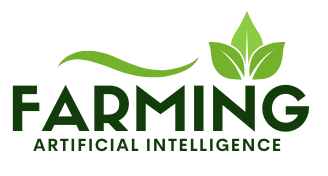


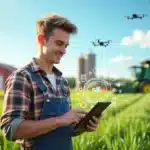

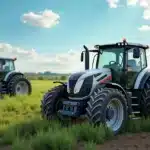

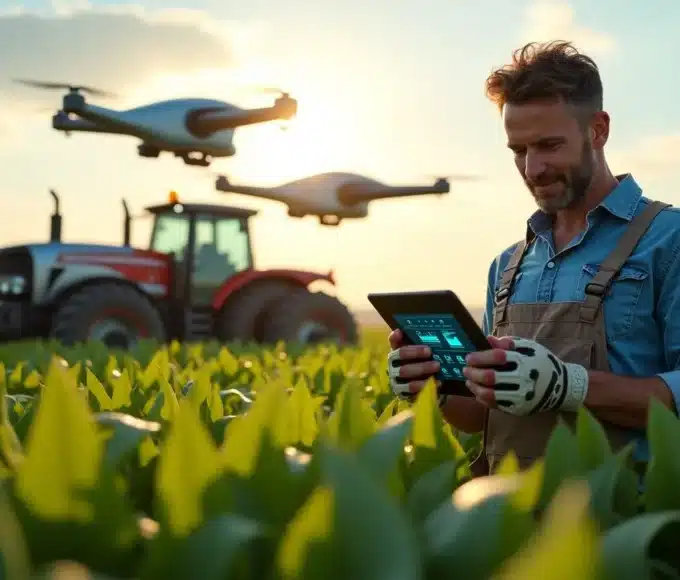
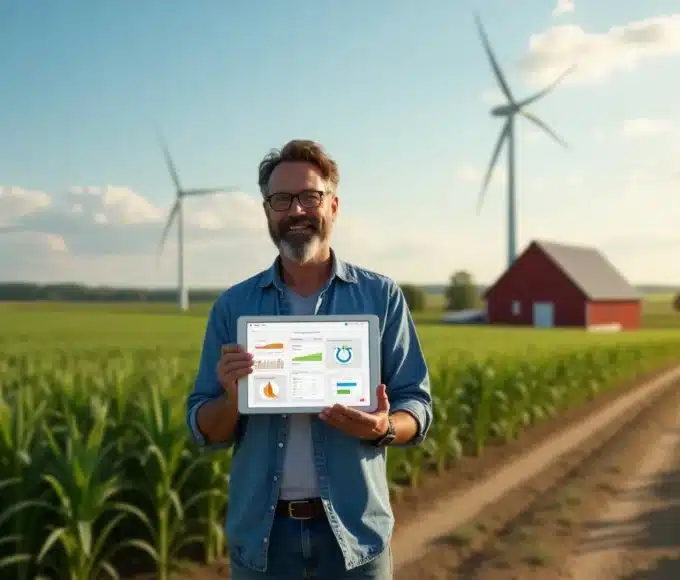
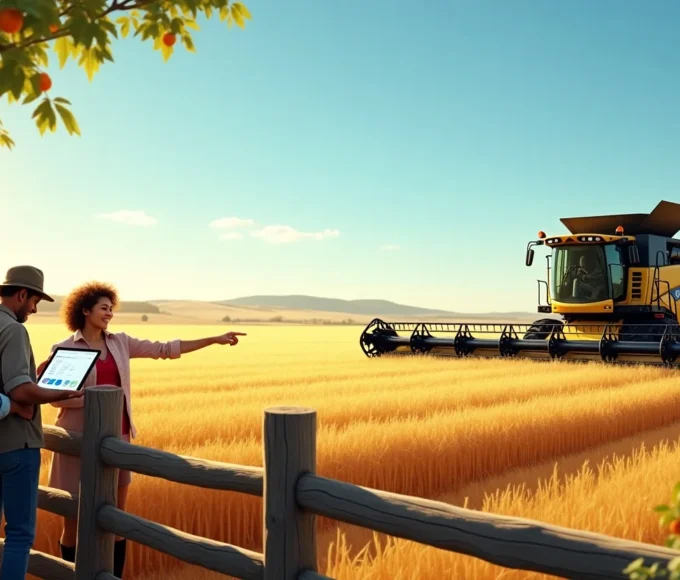

Leave a comment